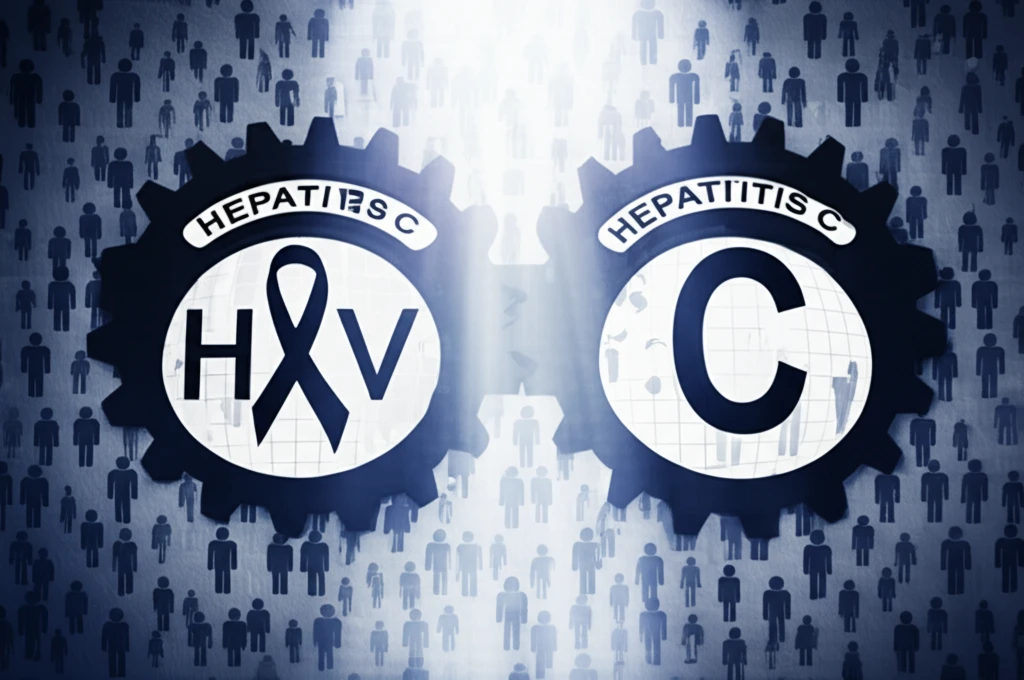
Cracking the Code: How Lessons from HIV Treatment Can Revolutionize Hepatitis C Care
"Unlocking Affordable Access: Adapting HIV strategies to combat the global Hepatitis C crisis, ensuring life-saving treatment for all."
In a landmark move at the United Nations General Assembly in September 2017, a groundbreaking pricing agreement promised state-of-the-art HIV medicine at just $75 per person per year in 92 countries. This achievement, a result of collaborative efforts from UN agencies, governments, philanthropic organizations, and generic drug manufacturers, marks a significant milestone in the fight against HIV/AIDS.
This breakthrough was built upon incremental yet crucial advances, particularly the licensing of dolutegravir (DLT) for generic manufacture in 2015. Recognized as a best-in-class integrase inhibitor, DLT quickly became a recommended first-line regimen. Key players such as UNITAID, the Clinton Health Access Initiative (CHAI), and the Bill and Melinda Gates Foundation (BMGF) played pivotal roles in brokering licensing arrangements and driving down prices.
Now, this same playbook is being considered for another global health challenge: hepatitis C virus (HCV). By learning from the strategies that made HIV treatment accessible, there's hope that similar progress can be made in providing affordable, effective HCV care worldwide.
The HIV Treatment Model: A Blueprint for Hepatitis C

The journey to affordable HIV treatment provides a clear roadmap for tackling HCV. When breakthrough antiretrovirals (ARVs) first emerged in 1996, they were priced out of reach for most patients and governments, mirroring the current situation with direct-acting antivirals (DAAs) for HCV. However, a series of strategic interventions changed the landscape.
- Price Reduction: Encouraging generic manufacturing and strategic negotiations to lower the cost of DAAs.
- Improved Financing: Implementing innovative financing mechanisms and pooled procurement to enhance affordability.
- Advocacy: Increasing political will and public awareness to support access to HCV treatment.
- Health Systems Strengthening: Improving healthcare infrastructure and reducing stigma to ensure effective treatment delivery.
A Call to Action: Replicating Success for a Healthier Future
Universal coverage for DAAs at current prices remains unlikely without decisive action. By replicating the strategies used to lower ARV prices, we can pave the way for affordable HCV treatment worldwide. This requires a comprehensive international strategy that combines compulsory licensing, patent opposition, and increased collaboration among governments and industry stakeholders. Ultimately, by learning from the hard-won lessons of the HIV response, we can save time, money, and lives in the fight against hepatitis C.
